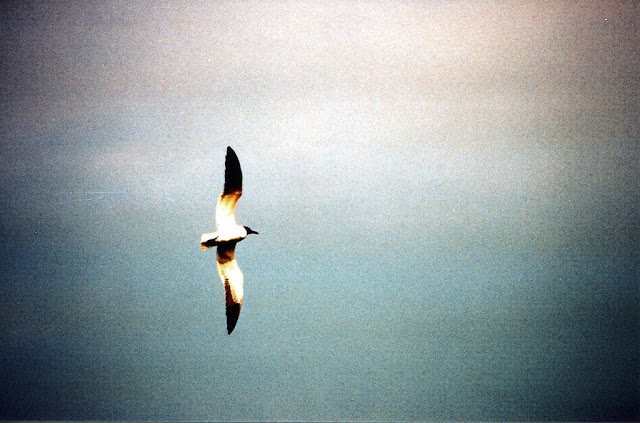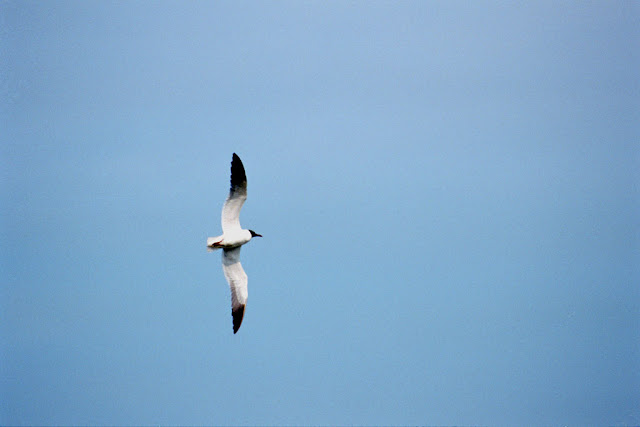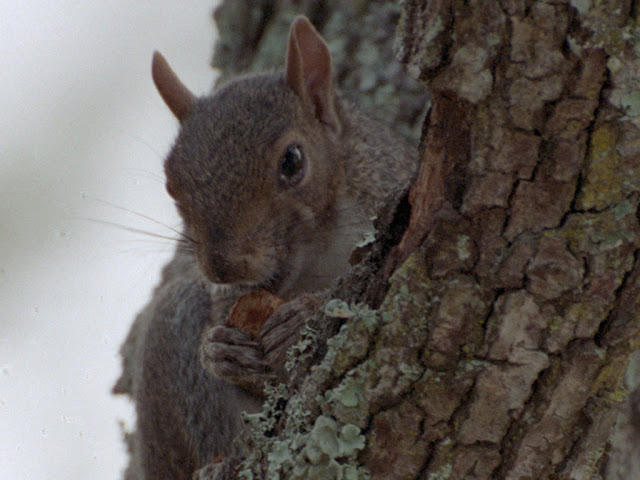Rollei12
TPF Noob!
- Joined
- Feb 2, 2015
- Messages
- 71
- Reaction score
- 2
For awhile now, I've had some problems with some of my pictures having harsh colors. The lighting seems to be good, and my camera gave the thumbs up for a correct exposure, but then when I had them developed, I get harsh colors and not the warmer colors I've seen other people get.
At the same time, I'll get nice pictures with warm colors and I wonder what I'm doing wrong. Is this a white balance issue I've been reading on, or do I need to use filters? I currently don't use any UV filters or anything.
Here's an example of a harsh photo on the left with a nice warm one on the right.
harsh: f16 or so
warm: f5.6
At the same time, I'll get nice pictures with warm colors and I wonder what I'm doing wrong. Is this a white balance issue I've been reading on, or do I need to use filters? I currently don't use any UV filters or anything.
Here's an example of a harsh photo on the left with a nice warm one on the right.
harsh: f16 or so
warm: f5.6














![[No title]](/data/xfmg/thumbnail/34/34350-d994760811e60909016e63fa23ff2e4d.jpg?1734164897)




![[No title]](/data/xfmg/thumbnail/35/35268-34a315519597f60516d59124092e9bc2.jpg?1734166930)
